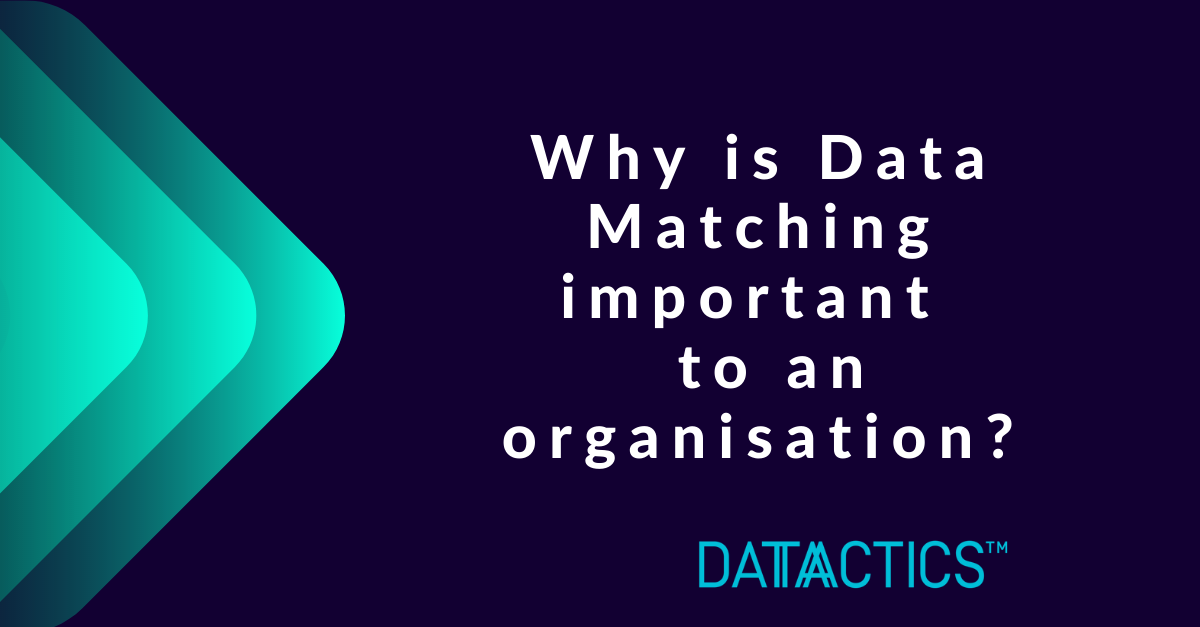Data matching is the process of finding identical entries from one or more collections of data and unifying the data records. It could be performed between datasets to ensure that data from various datasets is synced. Matching examines the extent of overlap across all entries in a single data set and returns the weighted probability of a match for each pair of records matched. After that, you can pick whichever entries are matching and take measures on the underlying data.
References
-
 In a number of recent blog posts, we’ve explored the importance of data quality and the potential impact that it can have on an organisation. Improving🔗Analytics Engines
In a number of recent blog posts, we’ve explored the importance of data quality and the potential impact that it can have on an organisation. Improving🔗Analytics Engines -
 In this blog, we share a complete guide to modern data matching techniques: what it is, its types, benefits, process, and challenges.🔗Data Ladder
In this blog, we share a complete guide to modern data matching techniques: what it is, its types, benefits, process, and challenges.🔗Data Ladder -
 Let’s look at what Data Matching is and how it works. Furthermore, observe where it can be used in various sectors.🔗Nanonets Intelligent Automation, and Business Process AI Blog
Let’s look at what Data Matching is and how it works. Furthermore, observe where it can be used in various sectors.🔗Nanonets Intelligent Automation, and Business Process AI Blog -
 Data Matching has a huge part to play in every element of data management, such as maintaining data standards for regulatory compliance🔗Datactics
Data Matching has a huge part to play in every element of data management, such as maintaining data standards for regulatory compliance🔗Datactics -
 Data matching is the process of comparing two different sets of data to verify if there is any data that refer to the same entity, or if there is duplicate data present. | Glossary🔗Integrate.io
Data matching is the process of comparing two different sets of data to verify if there is any data that refer to the same entity, or if there is duplicate data present. | Glossary🔗Integrate.io -
 Delve into the world of data matching with Spotfire. Discover its significance in ensuring data quality, understanding deterministic & probabilistic approaches, and why it's crucial for various industries. Dive into the benefits, challenges, and real-world applications.🔗Spotfire
Delve into the world of data matching with Spotfire. Discover its significance in ensuring data quality, understanding deterministic & probabilistic approaches, and why it's crucial for various industries. Dive into the benefits, challenges, and real-world applications.🔗Spotfire -

 Matching
Matching